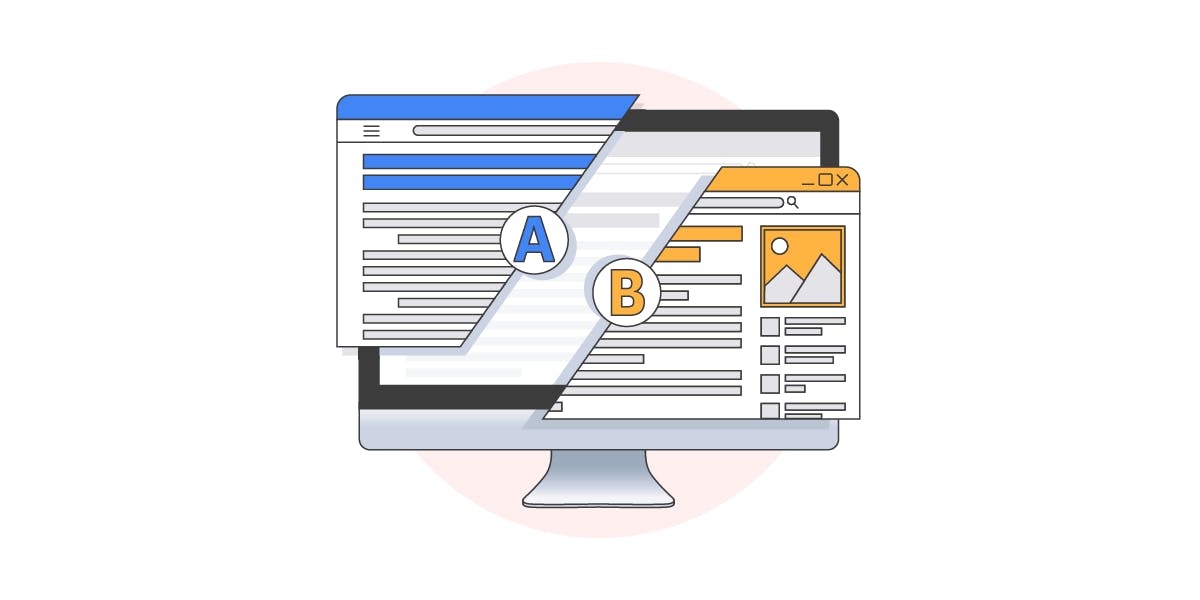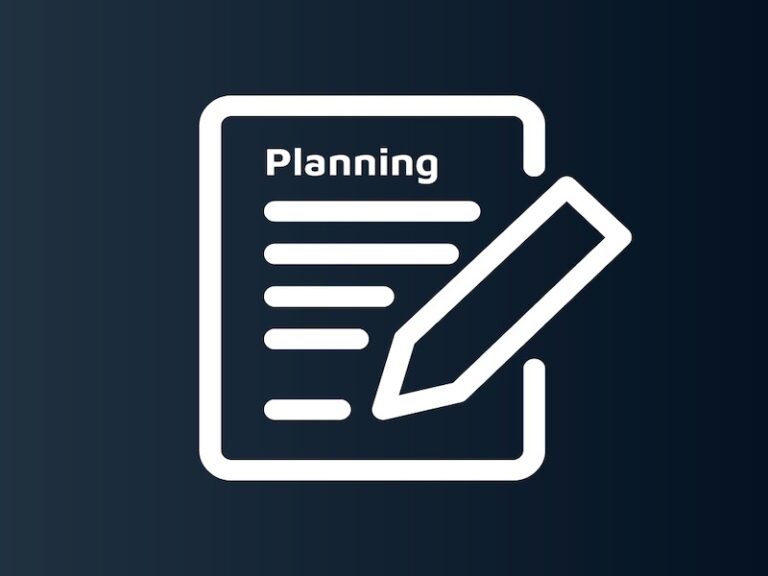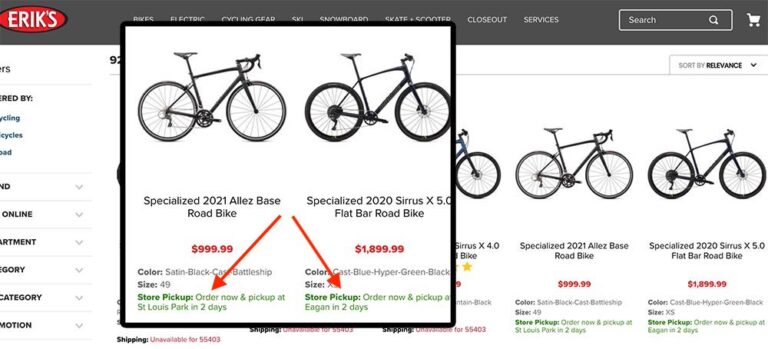
Caroline Carruthers and Peter Jackson, throughout their book Data-Driven Business Transformation, qualify that along with a migration towards dynamic and continuously changing strategy and vision, data should be used to support a cultural shift within the business. This shift should support agile methodologies (such as test-and-learn) and provide data leadership throughout the workforce.
The ability of an organisation to leverage data – either for singular marketing campaigns or wider business strategy – points to a degree of data maturity. It indicates that the process of becoming ‘data driven’ or undergoing ‘data transformation’ as part of a wider digital transformation programme – is underway.
The implementation of testing and optimisation within a business should not be completed as a technical exercise only; it should be aligned with other aspects of data transformation that are key to delivering a step change in the way the organisation behaves.
This briefing, reproduced from Econsultancy’s much broader Fundamentals of Measurement and Analytics Best Practice Guide will attempt to define test-and-learn, and cover the following areas:
Engaging in testing and optimisation efforts is key in this journey as it starts to exploit data assets to directly impact business performance. It demonstrates a step change towards conclusively resolving internal debates or turning attention away from the highest-paid-person’s-opinion (HIPPO) in a way that allows the decision influencers to remain impartial. “Opinion divides, facts bring people together,” says Pascal Moyon, Digital Transformation Consultant at Canon EMEA.
- Test-and-learn mindset
- Why experiment?
- The role of benchmarking
- Key aspects of test-and-learn
- Testing approaches
- Technology implications
- Robustness






